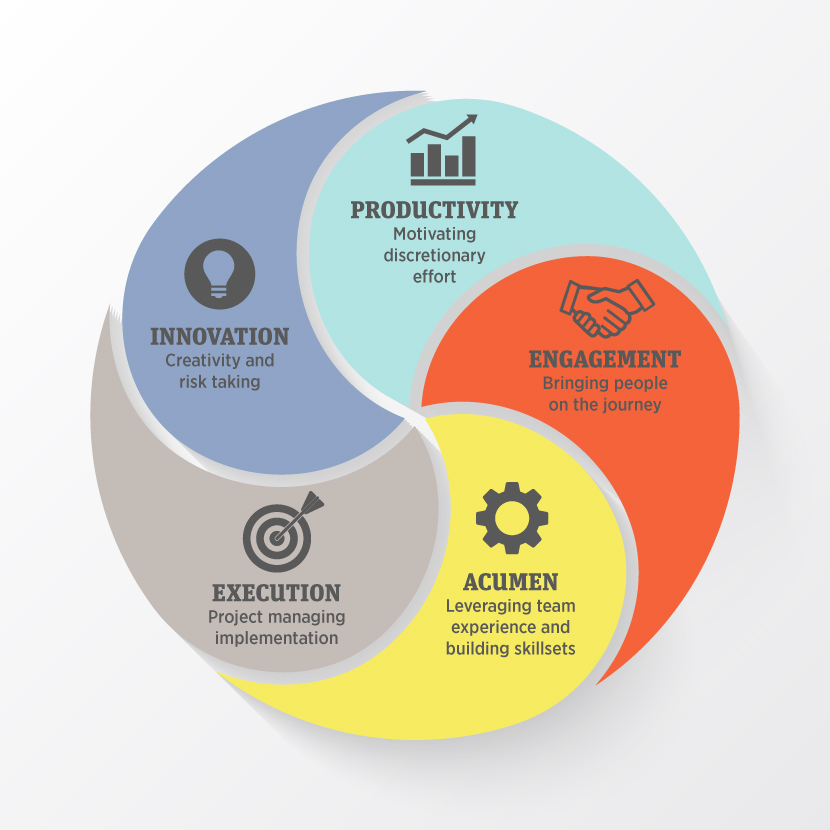The good news is you don’t need to change the world in 2016
2015 ended with new Prime Minister Malcolm Turnbull announcing the Government’s $1.1 billion National Science and Innovation Agenda, designed to provide a new focus for the economy and spark a so-called ideas boom. Science is being supported, risk-taking incentivised and tertiary education institutions are being encouraged to commercialise, rather than simply publish research. So far, so good.
Inspired? Or still wondering how it all really applies to you?

Let’s start with what we mean when we talk about innovation – because the word is frequently misused.
Just as you don’t need to change the world with a sexy new invention to be innovative, it’s also overstating things to call every tiny change you make an innovation. Perhaps more accurate is to describe innovation as the steps you take to go a decent way towards solving significant challenges.
So let’s start with the problem you’re trying to solve for your business in 2016.
For many businesses, it’s anaemic growth. The tailwind in the Australian growth has gone and the headwind may only just be starting. With latest annual GDP at 2.5%, off historical 4% growth, business is facing a 40% decline and needs to act quickly to combat further deterioration in 2016 and sustain themselves for the challenge.
And as with all things in life, the longer you leave the problem, the greater the risk you’ll most likely need to take to solve it. So, best to get started.
If growth is the problem, what’s the solution?
Number one, you guessed it: innovation.
Behind every innovation is creativity – whether that’s a change in process, changing a service, a new sales technique. And creativity is about taking risks. When you’re being creative, you cannot be certain of the outcome.
We all admire companies who innovate. But we often feel paralysed when it comes to doing it ourselves. This is because we have learned how to work, but the majority of us have not been taught how to innovate. Some people may have the natural born talent, but for most people it’s a learned skill.
Innovation is not all about rolling out shiny products or getting on the cover of Fast Company (although you know you’re on the right track if this happens). Innovation might be about deleting a product so that you offer two products instead of three. Innovation might be about changing your pricing structure, or the way you measure progress.
One of the best examples of innovation I’ve seen in recent times is a corporate taxi sharing app called SMART Taxi. Taxi expenditure can account for up to 20 per cent of business travel expenditure, however Corporate Travel Management (CTM) identified that less than 5 per cent of potential taxi sharing opportunities within a business were realised and acted upon.
SMART Taxi is an app that alerts business travellers by SMS of available taxi sharing opportunities with travelling colleagues from within the same business. If more than one traveller is arriving into the same airport within 15 minutes of another traveller from the same company, they can be alerted of each other’s arrival details and provided with contact information to facilitate a cab-share opportunity.
And the number two solution?
Productivity: producing more with the same or less resources.
When tasked with getting more out of their resources, organisations frequently turn to HR or finance. And while they play a role, only leadership throughout the organisation will drive meaningful productivity. Leadership drives motivation and discretionary effort from employees and discretionary effort drives productivity.
Most employees digest the “what” and “how” of change very quickly. Where change is resisted or fails is usually because the “why” is unclear, not believable or is not regularly repeated.
According to research from the Project Management Institute, only 18 per cent of firms are effectively leading change, while the vast majority (64 per cent) are only moderately successful. Further research from McKinsey & Company found a mere third of change programs are actually implemented correctly.
Part of the reason for this mixed success rate is a lack of knowledge among leaders about how to oversee new initiatives within an organisation and ensure they are successful. Management training and upskilling will play an important role here for individuals who want to manage this process effectively.
Is that it?
There’s also the need for organisations to have business acumen or savvy. In other words, street smarts. Again, some people have this in spades and seem to have always had it. Others learn it. Whether it’s natural or learned, make sure you have some on your team in 2016.
And you need outstanding execution, which relies on the right strategy and the right people.
But it requires the right project management. Outstanding results rarely come from average project management. AIM has an unrivalled breadth of options available for courses and qualifications that will provide the expert knowledge and skills your team needs to lead projects. From short courses such as Applied Project Management and Project Management Fundamentals through to qualifications such as a Certificate IV or Diploma of Project Management, we can provide the expertise your organisation needs to thrive in 2016.
We can also help your team to think outside the box through customised Strategy and Ideation workshops that will enable your teams to develop innovation plans over the long term. With our expert facilitators available in every state and territory, we have the experience and resources available to enable your organisation to build its capabilities and resilience for the future.
While the future of Australian business is uncertain, one thing we’ve learnt over the past 75 years is that the best way to safeguard your organisation against this uncertainty is to develop the capabilities of your people so they can steer you towards success. Failure to do so is the greatest risk you can take.
